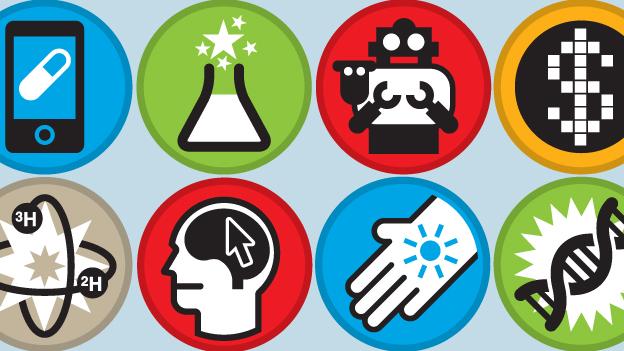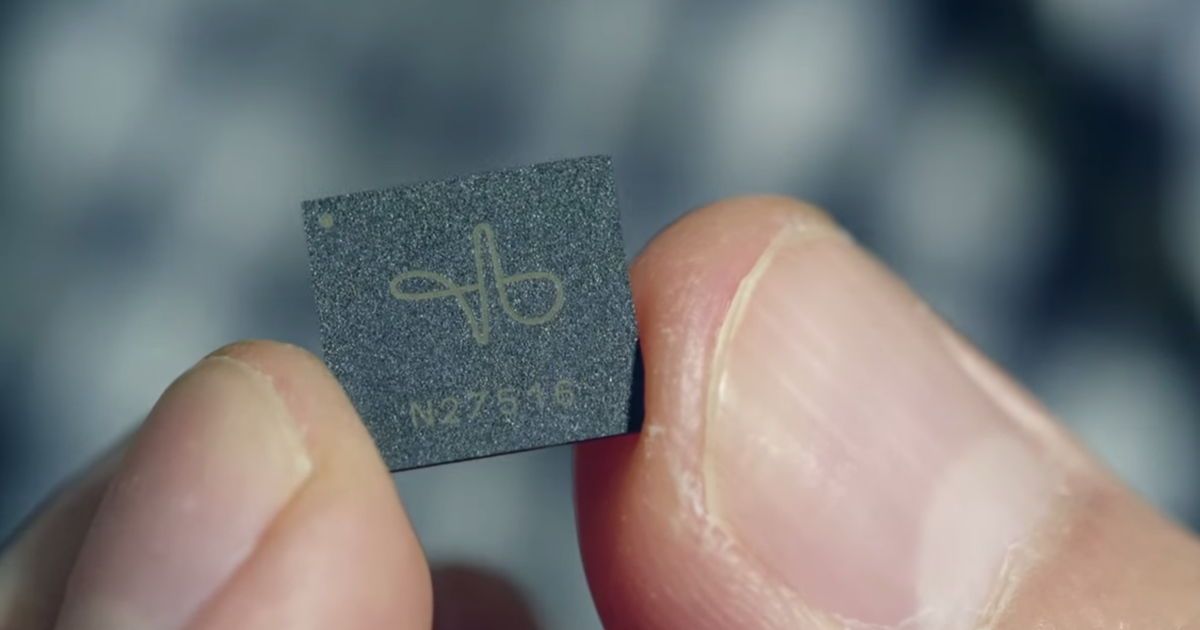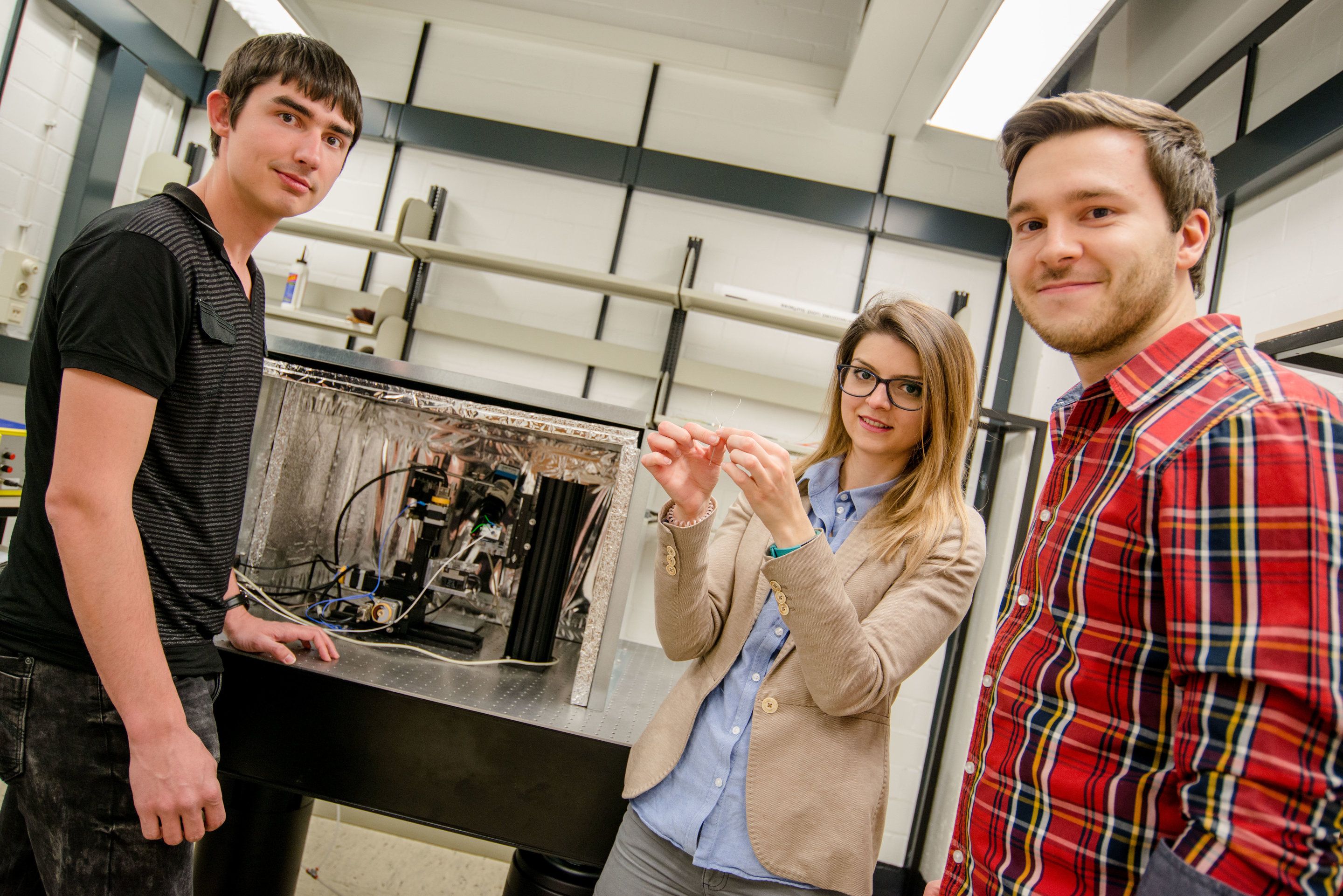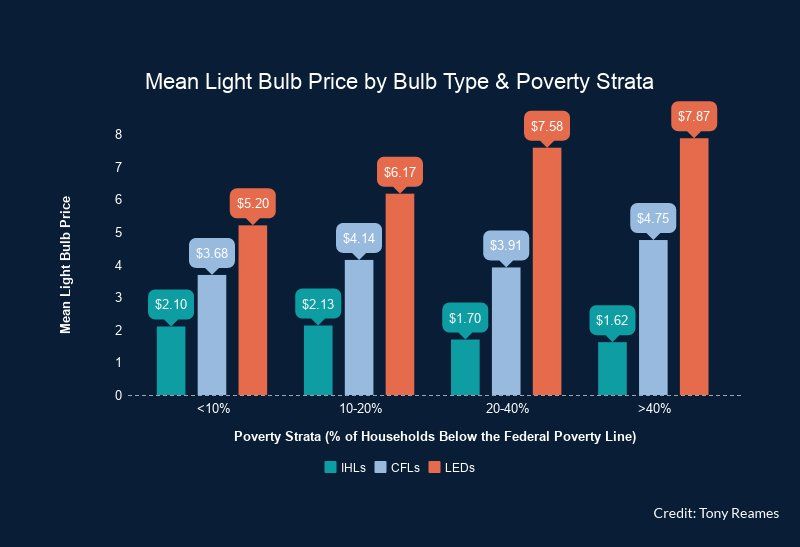Skyscrapers shoot up in most cities, but what are developers to do in growing places where new building construction is limited to less than ten stories tall?




Get ready to lift your jaw off the floor.
It seems that the intricacies of technology are only speeding up, and every day we get closer to the sci-fi future predicted in so many novels and movies.
In a recent video from Google, we got a look into what that future might look like. Google introduced a new product called Project Soli, which uses radar technology to detect movements to such a detailed degree that you can use subtle finger movements to control it.

Wizebit is proud to welcome Machine Learning guru Peter Morgan to its elite team of blockchain specialists and developers.
Peter is the author of the popular report, “Machine Learning is Changing the Rules: Ways Businesses Can Utilize AI to Innovate”, and brings years of real world experience designing, building, and implementing AI and IP networks for Cisco, IBM, and BT Labs.
As the first company to create a confidential smart assistant on the blockchain, Wizebit officially launched in 2018 with the mission of allowing personal data to be connected while remaining protected.

Nurdles. The name sounds inoffensive, cuddly even… However, nurdles are anything but. “Nurdle” is the colloquial name for “pre-production plastic pellets” (which is in itself rather a mouthful); these are the raw material of the plastic industry – the building blocks for plastic bottles, plastic bags, drinking straws, car components, computer keyboards – in fact almost anything you can think of that’s made of plastic.
However, nurdles are also covering our beaches. I found that out for myself when Fauna & Flora International (FFI) first started researching this issue in 2009. Having read about them I went looking on my local beach, and was shocked to find so many nurdles in the strandline and trapped in washed-up seaweed. I had never noticed them before, but they had clearly been accumulating for some time.
While pictures of the tide of larger plastics in the ocean are front page news, the issue of nurdle pollution has received much less attention. Recent storms, however, have resulted in higher levels of nurdles being reported from a range of sites around UK coasts, highlighting the numbers of nurdles that are in our waterways, seas and sediments – a level of pollution which we can only see when they are flushed out and onto the beach. The Great Nurdle Hunt (an initiative of our partner Fidra) has mapped nurdle finds from around the UK and Europe, which has identified a number of nurdle hotspots in key industrial estuaries. However, this problem isn’t unique to Europe; nurdles are reported worldwide, but only hit the headlines when there are significant local spills from containers lost at sea, as recently occurred in South Africa. However, such one-off events aren’t the only source of nurdle pollution.

Researchers from the Ruhr University Bochum (RUB) and the University of Warwick were able to observe the smallest details of hydrogen production with the synthetic mineral pentlandite. This makes it possible to develop strategies for the design of robust and cost-effective catalysts for hydrogen production. The working groups of Prof. Wolfgang Schuhmann and Dr. Ulf-Peter Apfel from the RUB and the team headed by Prof. Patrick R. Unwin from the University of Warwick published their results in the journal Angewandte Chemie.
Hydrogen gas is considered a possible future source of energy and can be produced from water using platinum catalysts and electricity. However, researchers seek alternative catalysts made of cheaper and more readily available materials with equally high efficiency. There are a number of materials that, like platinum, are able to catalyse the reaction of water into hydrogen. “These include metal chalcogenides such as the mineral pentlandite, which is just as efficient as platinum and is also significantly more stable toward catalyst poisons such as sulphur,” explains Ulf-Peter Apfel. Pentlandite consists of iron, nickel and sulphur. Its structure is similar to that of the catalytic centres of hydrogen-producing enzymes found in a variety of sources, including green algae.
In the current study, the researchers investigated hydrogen production rates of artificially prepared crystalline surfaces of the mineral pentlandite in a drop of liquid with a diameter of a few hundred nanometres. They used scanning electrochemical cell microscopy for this purpose.

This is a fairly common response to the discussion of extending healthy human lifespans. The idea that fear of dying is the only thing that motivates the advocates, supporters, and scientists working on rejuvenation biotechnology and ending age-related diseases.
These days, war is not really portrayed in a very good light. When we think about war, we think about genocide, mass murder, and slaughter, and we call for an end to it. The popular sentiment is that war is bad and we should just do away with it. However, once upon a time, things were rather different, and soldiers fighting wars were not seen as victims of mindless violence. Losing your life in battle was considered glorious and noble, and your family would be proud of you for fighting in the name of your country, your God, or whatever. People who were afraid of dying and refused to fight were regarded as cowards, most certainly not as pacifists of a strong moral fiber, and were possibly executed; being a conscientious objector was not yet a thing, and human rights weren’t either.
This is sheer madness to us, but back in the day, it was entirely normal. Most of us will probably think people must have been crazy to let themselves be fooled into believing such nonsense, but that’s the power of propaganda for you.
The modern age of pro-death propaganda
However, the story is not completely over even today. This may be because of past glorification of death, stale ideas about the “circle of life”, a widespread coping mechanism, or a combination of the three, but at least in certain circumstances, being afraid of death is still seen as a sign of cowardice and sometimes also inferiority.

Energy-efficient lightbulbs are more expensive and less available in high-poverty urban areas than in more affluent locations, according to a new University of Michigan study conducted in Wayne County.
U-M researchers explored disparities in the availability and price of energy-efficient bulbs by surveying 130 stores across Michigan’s most populous county.
They found that the cost to upgrade from a conventional incandescent bulb to a highly efficient light-emitting diode, or LED, was twice as high in the highest-poverty areas. At the same time, the price for less-efficient incandescent and halogen lamps (IHLs) decreased as the poverty level increased.

Over the 20th century our knowledge of the universe expanded, as did our technological ability to capture images its outer reaches. The Hubble Space Telescope allowed us to pull back the curtains on the deep limits of the universe and the new millennium promises an even higher definition imaging with the James Webb Space Telescope.
Despite ongoing delays, the JWT promises to take us even closer to the edge of time and space, delivering a new perspective on some of the oldest galaxies in the universe, potentially just a few hundred million years after the big bang.
